
OR
Opinion
Riposte to Army’s restructuring, right-sizing and reform rationalization
Published On: December 23, 2021 11:45 AM NPT By: Babu Krishna Karki
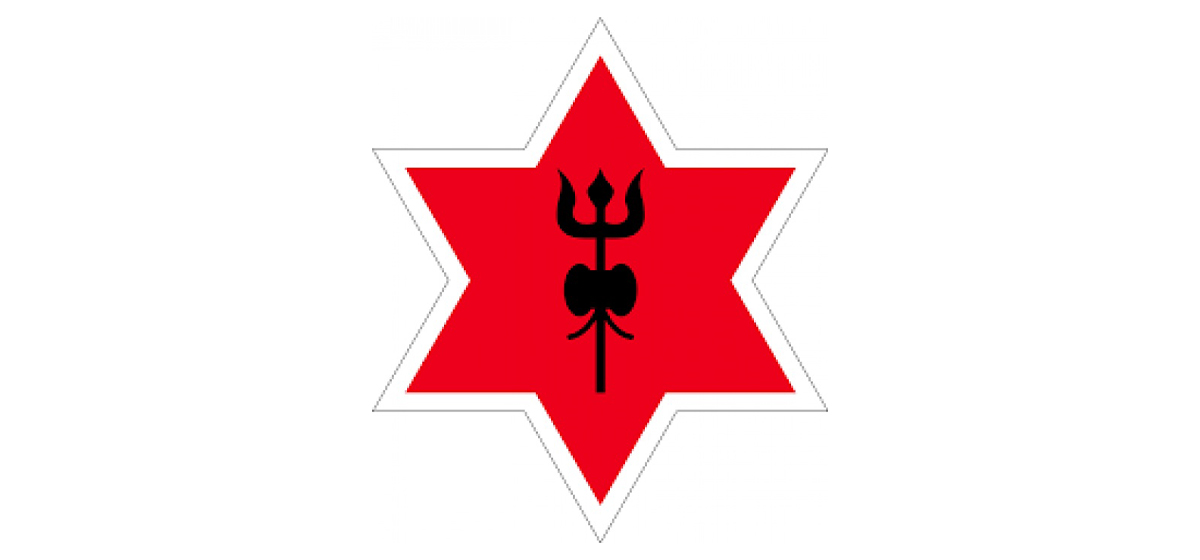

Babu Krishna Karki
The author is Brigadier General (Retired) of Nepal Army. Views are personal.news@myrepublica.com
Gautam’s call for increasing inclusivity in NA too aims to mislead the audience. NA is a voluntary service and there is no policy or culture in NA to proscribe anyone based on caste, ethnicity, creed, or gender. In fact, NA has remained the most inclusive institution in Nepal since its inception.
Recently, The Kathmandu Post published an opinion piece entitled “Restructuring of the Nepal Army” by Kul Chandra Gautam. Akin to unseasonable croaking, the fact that Mr Gautam sidelines all pressing national issues to highlight the need for restructuring the Nepali Army (NA) that too in a half-baked and distorted manner is definitely striking and sinister.
Firstly, there is no novelty in his restructuring prescription. The four functional stratifications he emphasizes (War-fighting, Peace-Keeping, Disaster response and National Infrastructure building) are already optimized. Further, the NA just went through a major restructuring and is now under a three plus one command structure. The new structures were configured based on the ongoing and emerging threats, geographical terrain and logistical supply lines. And it has been efficiently managed without adding any new personnel or financial burden upon the state. This agenda was constitutionally approved by a two-thirds majority government that included the former Maoist rebels as well. For someone championing this agenda, this willful omission or oblivion is quite astounding.
Then, Gautam alludes to a lack of reform in the NA. He insinuates that a lack of reform would take NA along the same trajectory as the armies of Myanmar, Pakistan or Thailand. Here, there is another major omission. NA under the previous leadership of General Purna Chandra Thapa underwent a historic reform process unlike any other national institution in recent history. More importantly, the NA’s leadership in the last 15 years has navigated through numerous tumultuous political tides and managed to retain its professional sanctity. It has refrained from being tempted by any undemocratic impulses. And not once has it ever trampled on the democratic framework nor demonstrated the slightest inclination to usurp power like the other mentioned armies.
Persistently, detractors like Gautam have peddled the “right sizing” terminology as a ruse to down-size the NA. For argument’s sake, even if the right sizing agenda is accepted, first there has to be a thorough process to determine the optimal force ratio taking into consideration the threats, functions, resources and strategic priorities. That can only be distilled through a meticulous strategic review. In fact, a rapid strategic assessment was actually conducted during the initial phases of the Maoist insurgency with the assistance of foreign partners. That assessment concluded that the optimal force ratio for Nepal was 350,000 troops. That proposition was shelved as an untenable prospect given the obvious constraints. Today, the only alternative to substitute for the reduction of personnel and yet deliver the same outputs is to invest heavily in aviation assets, modern gear and technology. But, is the country ready to increase the force size if the strategic review findings demand it or spend heavily on technology and hardware for the reduced size?
Through the Disarmament, Demobilization and Reintegration (DDR) Vs Security Sector Reform (SSR) agenda, Gautam again attempts to portray NA as erring. The Maoists began demanding SSR only after their trip to Switzerland. Organizations like DCAF, DFID, UNMIN and other vested interests/groups that wanted to creep into Nepal under the pretext of SSR had drilled this agenda into the Maoists’ skulls. Many other national and internal conflict consultants who were salivating to reap handsome amounts through SSR projects too were championing this agenda. But, NA and other political actors alongside Nepal’s immediate neighbors were quick to sniff out the hidden agenda behind SSR. NA – one of the most experienced and effective peace-keeping forces in the world - had garnered adequate first-hand experience and knowledge to know how SSR discourse was a fledgling domain and that expertise was deficient. More importantly, NA clearly understood that the security function of a state was directly linked to sovereignty and by allowing foreigners to have a greater say on matters related to security was directly infringing on Nepal’s sovereignty. Had NA succumbed to the SSR agenda, the pitfalls of that process would have drastically weakened the national security forces, given a larger say on matters of security to foreigners and possibly politicized the army irreversibly.
Then, there is the issue of “Democratization of NA.” Those that tirelessly parroted this mantra have already realized that it was a flawed terminology because there is no such record up to date whereby a standing army has been ‘democratized’. Any army inherently by virtue of its composition and orientation is autocratic in nature and that it functions under a commanding hierarchical structure. What the peddlers of the Democratization mantra actually meant was ensuring and enhancing civilian supremacy because they believed that NA was the King’s private army and that there was an urgent need to cut ties with the monarchy. The intention was to increase civilian control through the formulation of policies and have oversight over procurements, promotions and postings. The overarching goal was to democratize the governance system and to bring the army within the purview of legitimate constitutional authorities. Today, this “lost in translation” aberration of the peace process has been rubbished by both national and international experts and scholars.
Gautam’s call for increasing inclusivity in NA too aims to mislead the audience. NA is a voluntary service and there is no policy or culture in NA to proscribe anyone based on caste, ethnicity, creed, or gender. In fact, NA has remained the most inclusive institution in Nepal since its inception. There is representation of almost all minority groups and data is readily available for anyone to scour. One needs to understand that military service is a very distinct service unlike other public services. And the idea of proportional representation and the reserved quota system is not an objective. Only those that qualify with the right attributes can be inducted. No country in the world today compromises these required attributes just to accommodate those in the name of inclusivity because doing so would critically imperil the functioning of the entire force.
There is another major discrepancy in Gautam’s allegation that “there is creeping expansion of the Nepali Army.” The size of the NA remains largely unchanged since the signing of the Peace agreement in 2006. The size of the force has not increased or decreased more than 5% in the last 15 years. It would have been factually correct, however, if he had explicitly stated that the Armed Police Force (APF) that started off with around 10,000 personnel now has reached almost 40,000. And NA has nothing to do with this exponential increase.
Another argument Gautam posits that NA did not contribute enough during the pandemic is also grossly erroneous. From strategic planning to operational implementation, NA was and still is heavily involved in every way possible. Covid crisis management team was composed of both senior and junior NA officials and the center actually operated from a military facility in Chaauni. NA set up holding centers all across the country. Following a major controversy regarding the import of COVID supplies, the government tasked the NA with the procurement responsibility. Even the U.S, China and India handed COVID assistance earmarked for Nepal to the Chief of Army staff because they deemed NA more trustworthy than other government agencies. NA ambulances ran around the clock ferrying patients and NA trucks ferrying oxygen cylinders across the country. NA’s hospitals across the country served thousands of civilian patients without any charge. NA also ferried the much needed live-saving Remdesivir shots from Bangladesh in one of its aircraft in a timely manner. When all other entities shied away, NA shouldered the risk laden responsibility of dead body management. Through military diplomacy, NA was able to obtain a significant amount of COVID-related assistance.
But the most disparaging thought Gautam presents is, “Nepal's only defense against its neighbors is diplomatic strength and not our military might.” This clearly reeks of intent to discredit and delegitimize the utility of having a standing army in Nepal. His submission of the Costa-Rican model before other models only reinforces his intent. History of warfare, however, is replete with examples of smaller militaries vanquishing much larger forces. This is mainly because it is not just the size that determines the outcomes. When a country goes to war, there are various determinants such as national resolve, training, terrain, technology, and tactics. Even the recent example of Afghanistan should highlight how even a determined smaller rag-tag force can exhaust and eventually push back the most advanced military in the world. Despite being smaller and less advanced than the neighboring forces, Nepal’s army is highly trained, highly professional and is capable of serving as a deterrent force against external and internal threats. History is there to remind us all that Nepal is the only country in this region to not succumb to the imperial forces. That was solely because of its military might. Recognizing the martial prowess of Nepali warriors in the past, the same imperial forces and many others until date continue to recruit Nepali men into their armed services. During times of war, those citizens will serve as force multipliers for Nepal.
Also, the heft that NA brings for Nepal in the international arena is primarily due to its contribution in maintaining global peace. And it was military diplomacy that has been more effective in recent times. The unconventional protocol of all foreign envoys in Nepal requesting for a call on with the Chief of Army Staff also speaks volumes about NA’s diplomatic heft.
From the above, it is obvious that Gautam’s submission is either ill-informed or ill-intentioned or a little bit of both. However, it would be naïve to presume that someone like Gautam would risk dwarfing his stature by distorting a narrative through such blatant inaccuracies. He simply could not have arbitrarily written about the topic without adequate research and/or empirical evidence to back up his propositions. Therefore, the Nepal government and NA must not shrug this off as a random callous attempt made under the pretext of “freedom of expression.” This should be decoded as a clear attempt to delegitimize and damage the NA. The government cannot and must not remain indifferent when it comes to such deliberate assaults on the national security organs. It must immediately begin a thorough investigation to configure intent, individuals and the interests behind it.
Finally, reform is indeed imperative. Reforming the demented mindsets that perennially view NA as culpable is the need of the hour. When it comes to right-sizing, those attempts made by vested interests to discredit and damage NA’s credibility needs to be brought to size. What needs to be restructured is the manner in which there is a whole of nation approach to safeguard assaults against our security forces. Without this united national effort, the entire state, its institutions and people will remain perennially vulnerable to such onslaughts.
(The author is a retired Brigadier General of the Nepali Army and the viewpoints expressed above are personal and do not represent the organization he previously served in.)
You May Like This

Over 13,000 visit Nepal Army Exhibition
KATHMANDU, Feb 16: A three-day Mega Exhibition organized by Nepal Army (NA) on its headquarters premises that showcased its activities... Read More...

Army aims to complete expressway in 3.5 years
KATHMANDU, Aug 29: Nepal Army has said that it plans to complete the Kathmandu-Nijgadh Expressway in the next three and... Read More...
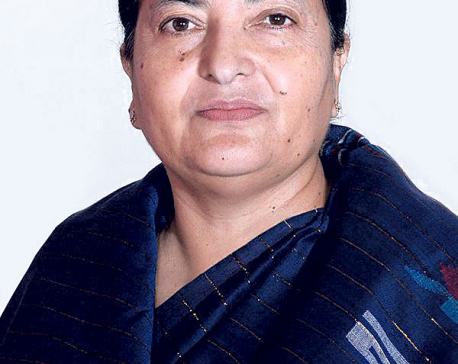
President attends reception
KATHMANDU, March 5: President Bidya Devi Bhandari attended a dinner reception hosted by the Nepal Army on the occasion of... Read More...





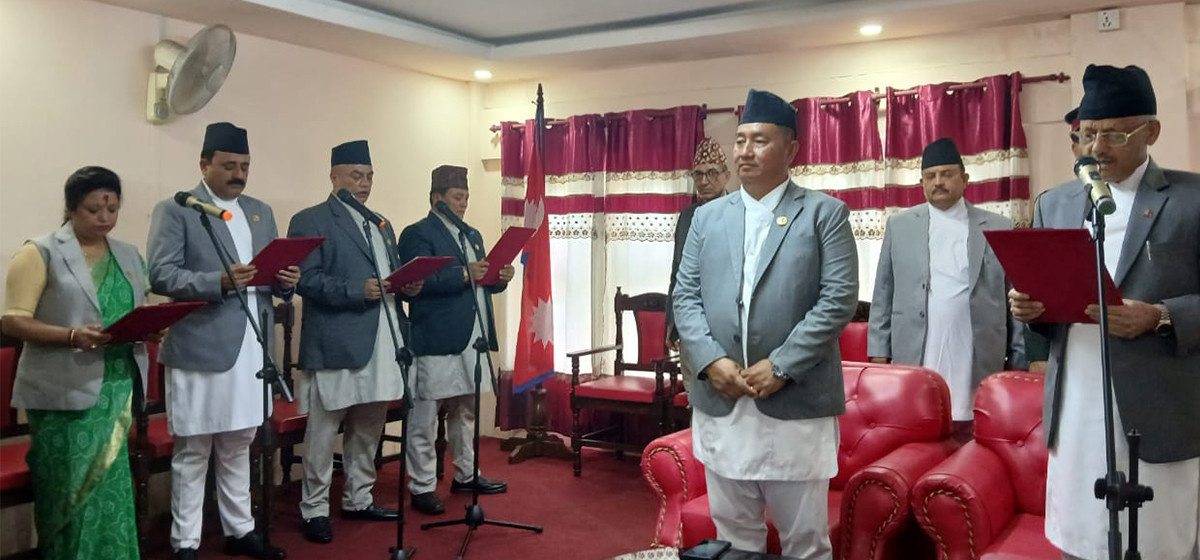
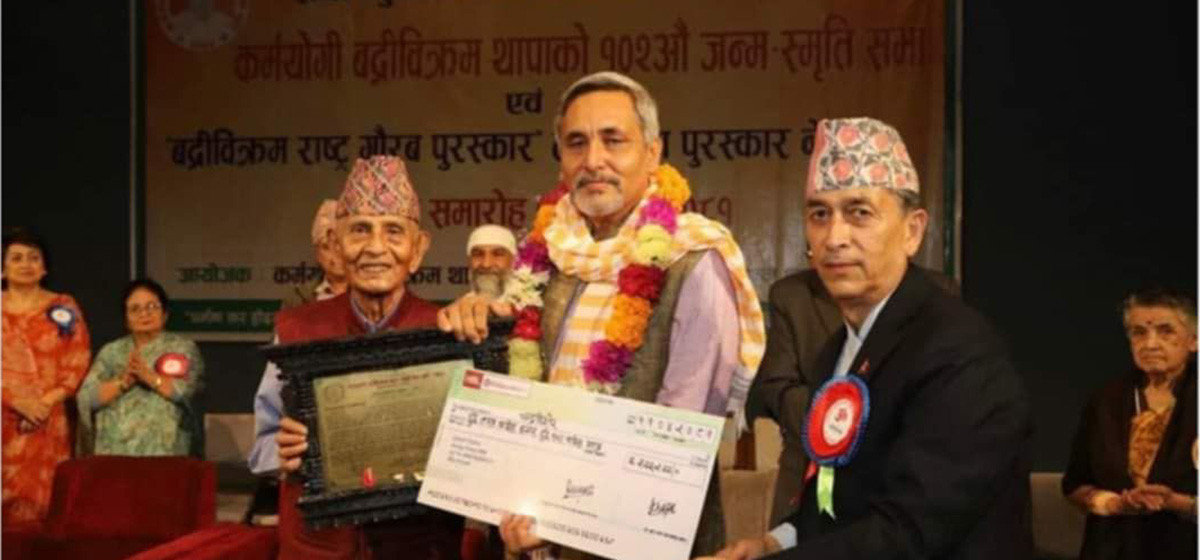
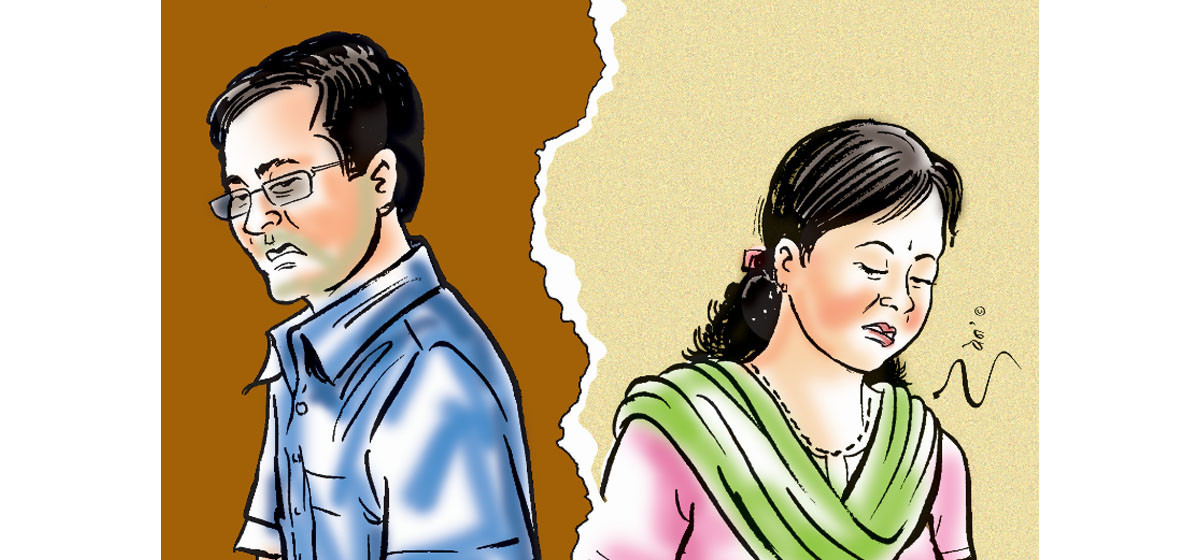
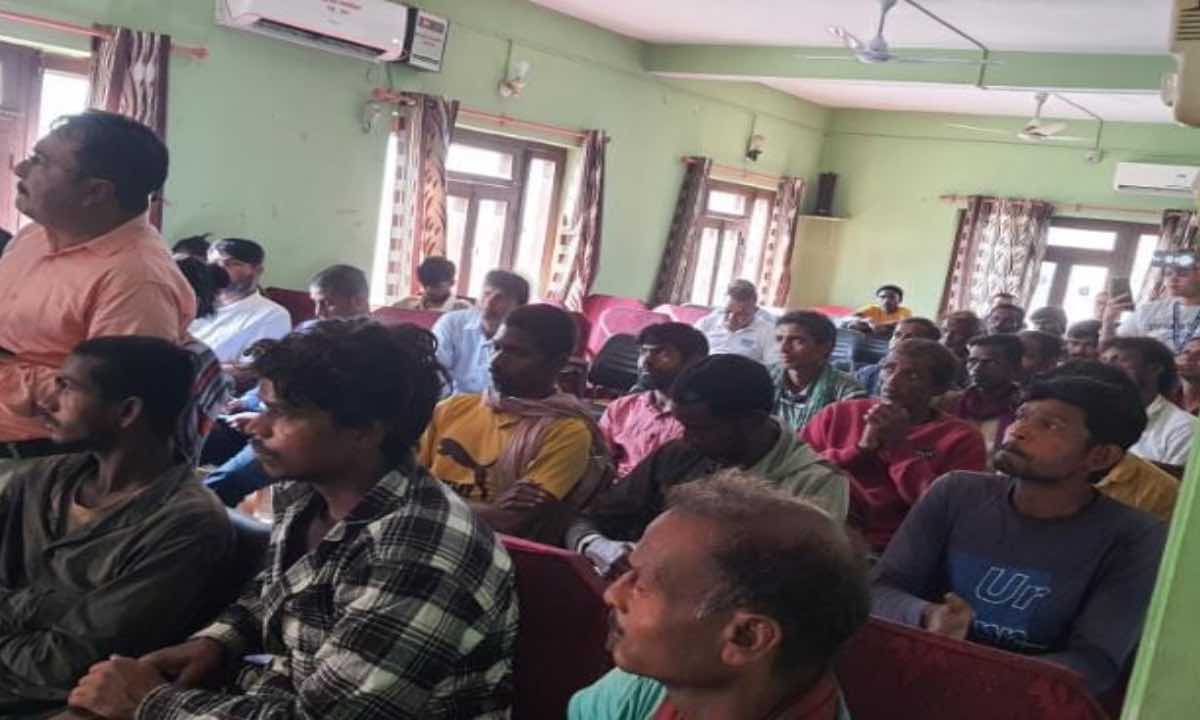
Just In
- Two children found infected with measles in Shuklaphanta
- Four NC ministers take oath of office and secrecy
- Dr Ruit and Journalist Chandra Kishore feted
- Kathmandu records highest number of divorce cases with 13 couples filing for divorce daily
- Rapid response team mobilized in Dhangadhi to contain cholera outbreak
- 28 workers held hostage in India rescued
- Simaltal bus accident: 40-kg magnet deployed to trace missing buses
- Youth of eight districts lead in foreign employment








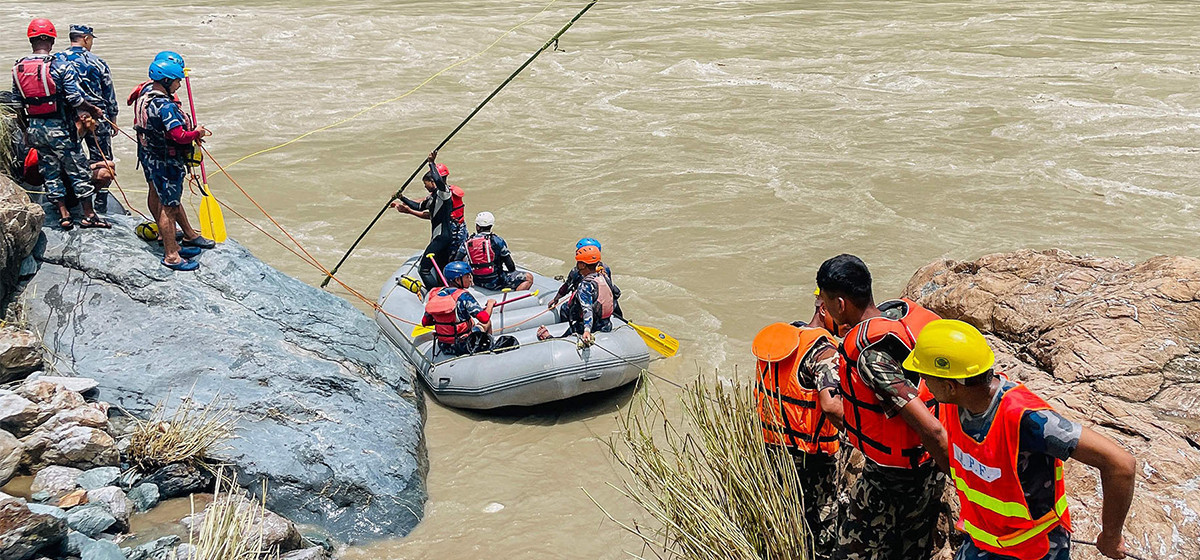
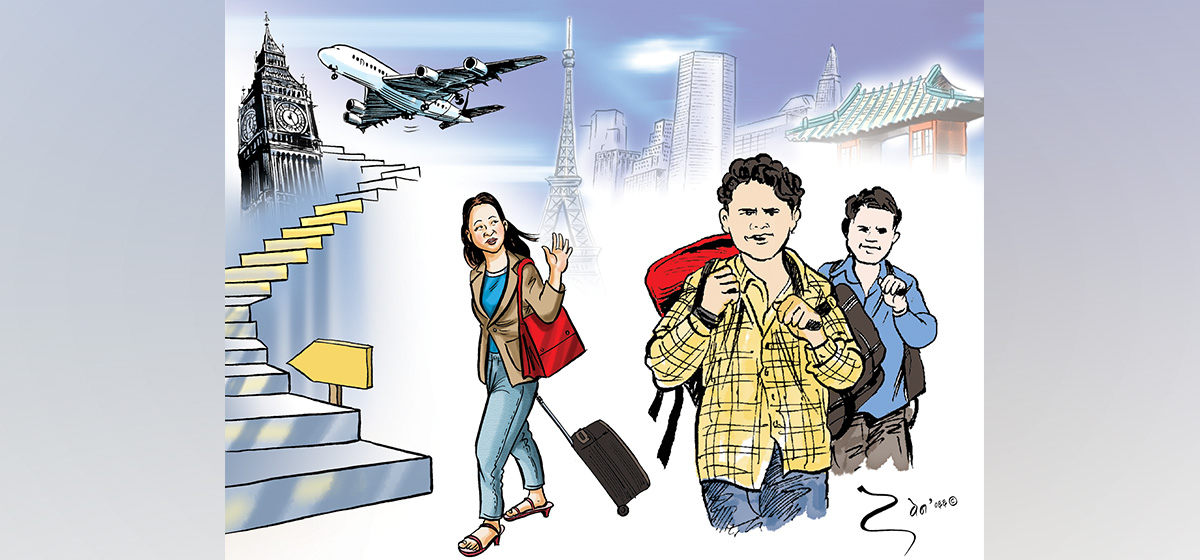
Leave A Comment